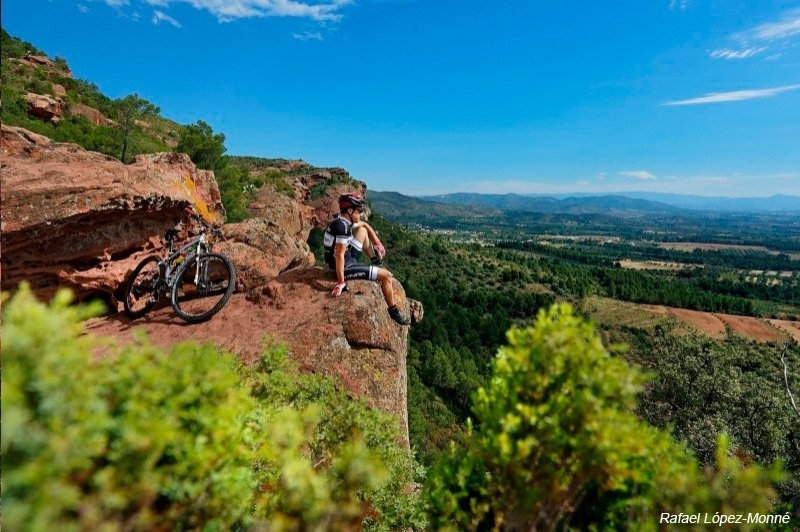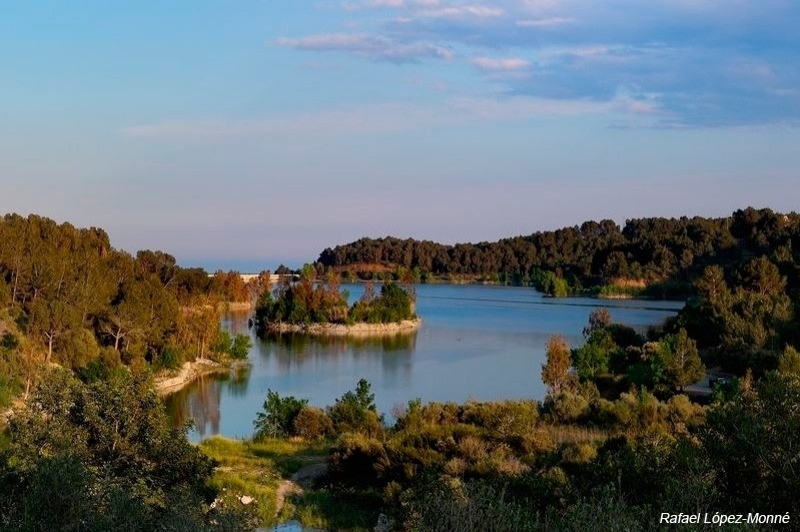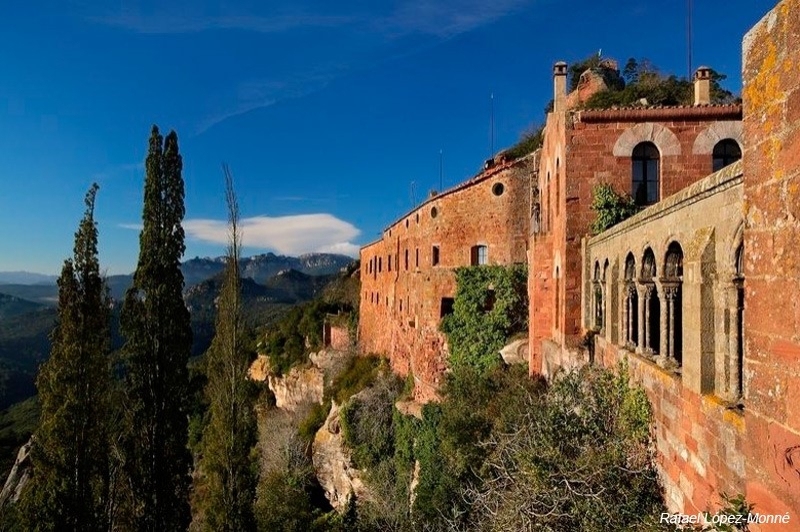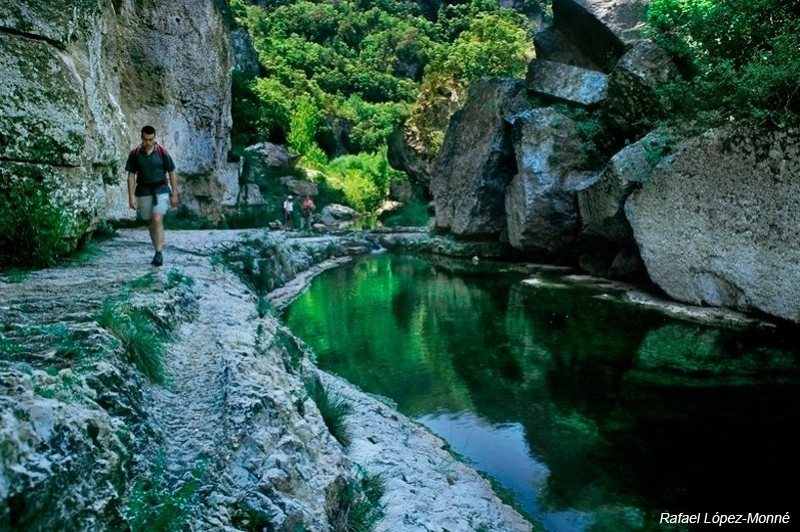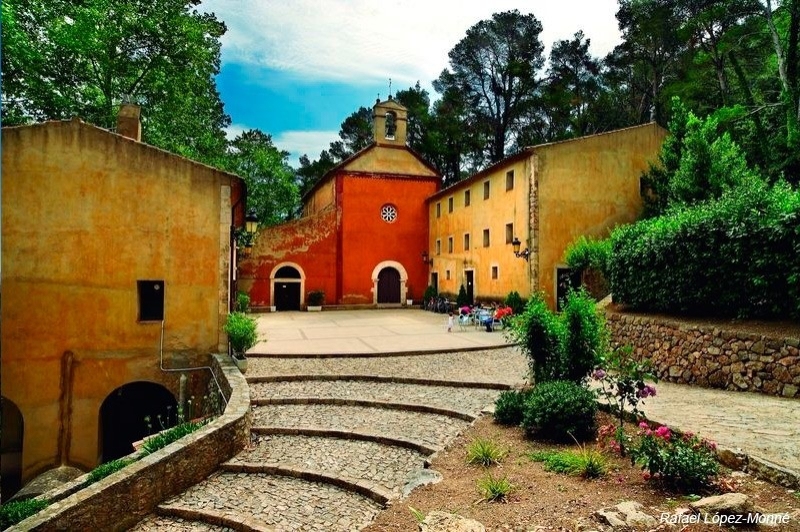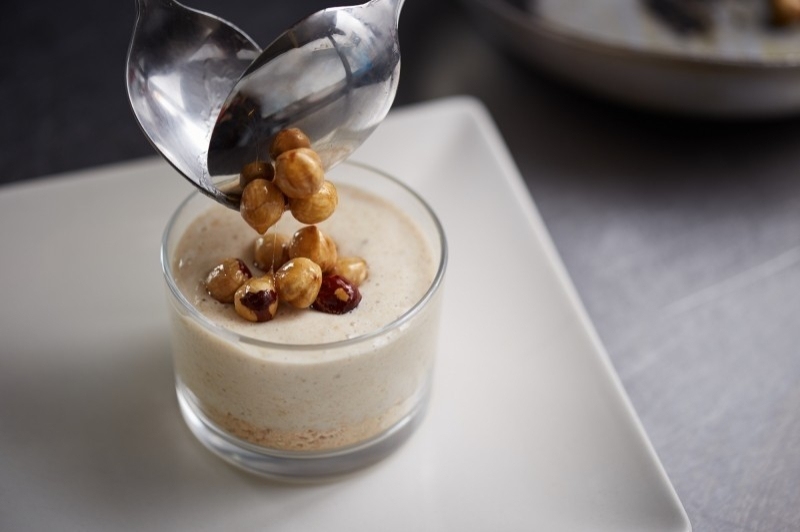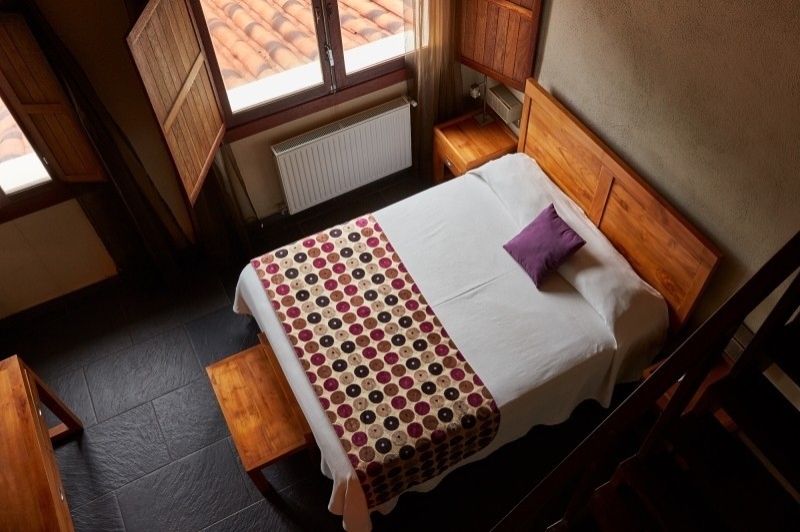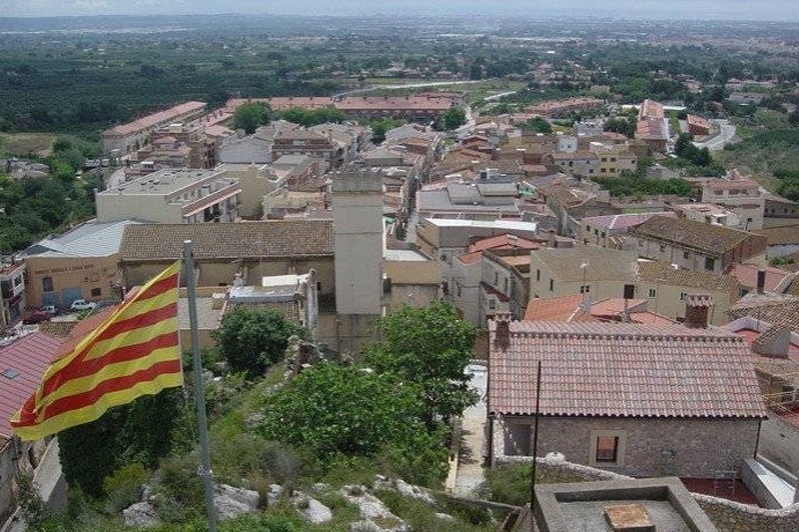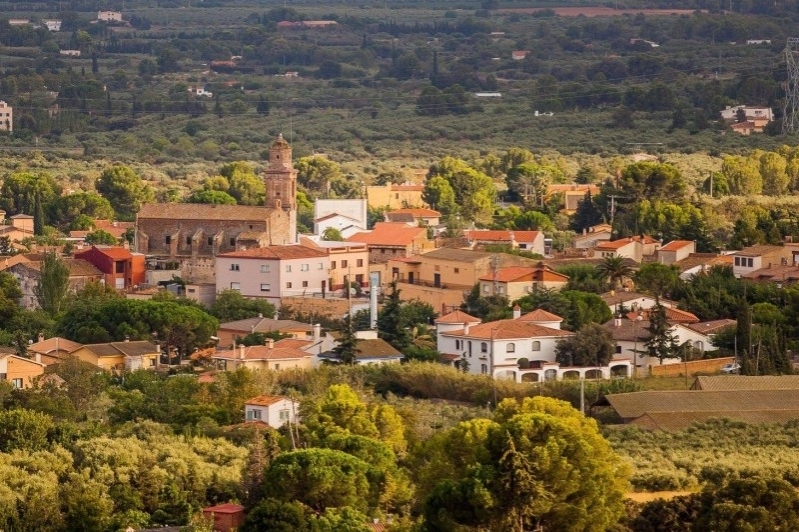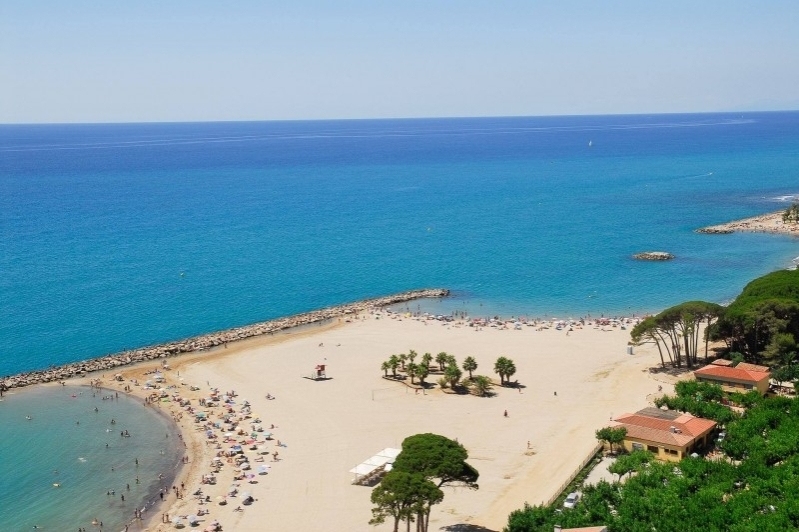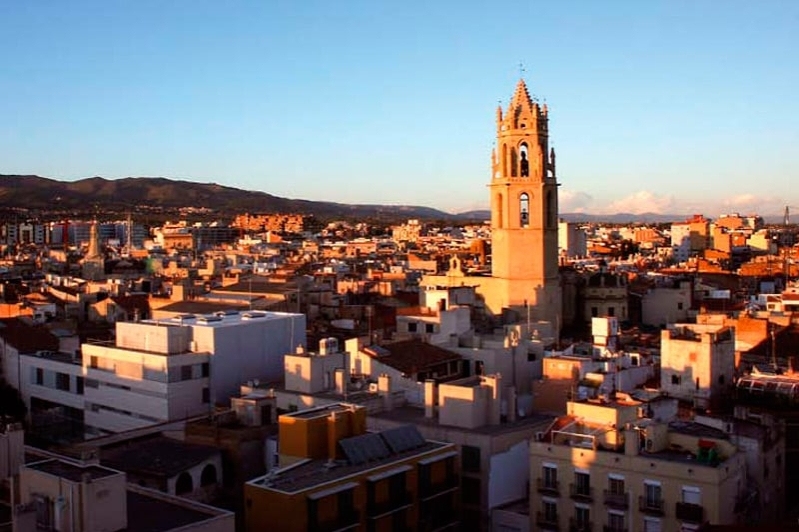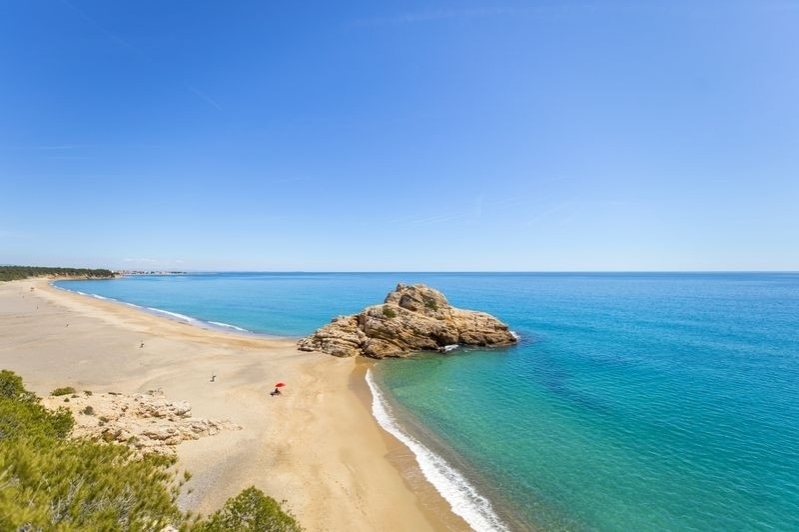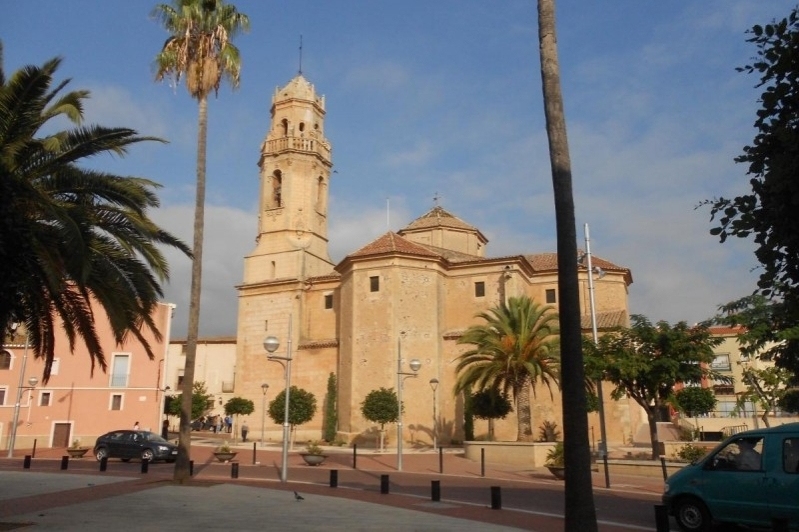Muntanyes de la Costa Daurada Alforja, Almoster, Arbolí, Botarell,…
Mountains of the Costa Dorada, El Baix Camp Interior
The Costa Daurada is sea, and also mountains. Did you know that just a few kilometres from beaches such as Cambrils, Hospitalet de l'Infant or Miami Platja, there are springs of fresh water situated at almost a thousand metres above sea level? That's just under half an hour by road. It allows you to go from the hustle and bustle of the coast to the calm of the small towns. mountain ? Or that in the same day you can practice windsurfing in the sea, mountain biking in the middle of lush forests and climbing the most impressive cliffs?
The interior of Baix Camp offers numerous attractions for family, adventure, cultural or gastronomic tourism . This is an increasingly well-known offer, given its undeniable interest and great proximity to the main coastal tourist centres. This inland resource becomes in a suitable complement for the visitor to this area of the Catalan coast and also a tourist destination in itself, with hiking, mountain biking and touring routes, places of incomparable beauty, traditional cuisine, ancestral festivals, hermitages, churches, viewpoints exceptional, charming restaurants and accommodations…
A privileged place
The municipalities of the Baix Camp interior make up a territory of quite diverse forest and agricultural landscapes but with a common denominator: their rural and Mediterranean charm. The Mountains of the Costa Daurada chain together a series of imposing mountain ranges (Llaberia, L'Argentera and Prades) that They hug the coastline from west to east.
Next to the mountains we find such important tourist resources as PortAventura, between Salou and Vila-seca; the Disfruta? Centro and the modernist route of Reus, a city with a very active trade; Roman Tarragona, declared a World Heritage Site, or the route of the Cistercian monasteries (Poblet, Santes Creus and Vallbona de les Monges ). Other nearby places of interest include the medieval complex of Montblanc, the wines and wineries of Priorat, and the Sierra del Montsant Natural Park.
Nature in its purest form
Nature is the great protagonist of the Baix Camp interior . The Llaberia, Pradell-l'Argentera and Prades mountain ranges combine very different landscapes, with a rich Mediterranean vegetation of which the pine, oak and garrigue stand out, as well as hazelnut and olive groves, as well as some vineyards. The villages in the area, with their farmhouses and hermitages, are perfectly integrated and are ideal starting and ending points for excursions on foot or by mountain bike.
Within the vast expanse of the Costa Daurada Mountains, natural wonders such as the Mussara cliffs , the Gralles cave or the Roca Foradada stand out. As for the highest points, the Mola de Colldejou (914 m) stands out, la Miranda (919 m), the uninhabited village of la Mussara (990 m) or the hill of Baltasana (1,201 m). All these sites offer spectacular panoramic views.
In the Mountains of the Costa Daurada there are four areas included in the Plan of Spaces of Natural Interest (PEIN): the Prades Mountains, the Pradell-l'Argentera mountain ranges, the Llaberia mountain range, and the natural space of the Virgen de the Rock.
An unparalleled heritage legacy
From picturesque hermitages surrounded by nature to an imposing monastery full of history, the Costa Daurada Mountains are the custodians of an important historical and monumental legacy that shapes and beautifies the landscape of these regions. History has been generous, leaving the mark of different cultures and architectural styles: Roman and Saracen towers, Romanesque, Gothic, Baroque and Renaissance temples, 19th century industrial architecture…
Of all the most renowned heritage elements, traditional architecture stands out. and popular characteristic of the small towns of these Catalan regions, adapted to the constraints of an uneven terrain. The facades of the houses are usually made of stone, or are painted in ochre tones. All these postcard villages stand out for their sobriety, for its narrow, steep streets and for the abundance of charming corners.
Culture and gastronomy rooted in the land. The rural charm of the Baix Camp hinterland, in the Costa Daurada Mountains, is also evident in its traditions and in examples of popular culture, always linked to the environment. Gastronomy is often the central theme The Baix Camp region is the backbone of the popular festivals of the area, which has a very interesting gastronomic heritage. The interior of Baix Camp offers a great diversity of products and ways of preparing them . Restaurants and food artisans take advantage of the quality products to make them available to all an unrivalled gastronomic offer.
Here you can taste the essence of the territory in products such as Hazelnuts from Reus DOP, Siurana DOP Oil, Prades Potatoes IGP or the exquisite Prades Honey.
Baix Camp paths, where your journey begins
The Baix Camp network of paths allows you to discover our territory at a leisurely pace, enjoying the landscape, its villages and its people . Paths that until the beginning of the 20th century were the only and authentic means of communication between the villages. These Cart paths, which narrow into bridle paths, often cobbled, to overcome the unevenness in mountainous areas, or into narrow, steep paths, tell you about our history, of peasants and effort, of armies and bandits, of the collective memory linked to this territory and its people.
Walking along the network of paths in L'Escala is a pleasure for the senses, an experience to enjoy nature , the cultivated landscape and the taste of its high-quality products. Once you have tasted them, you will want to return to discover that corner of the world. that you did not arrive, climb that peak that you saw from afar and relive that very pleasant stay.

